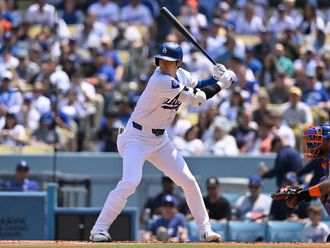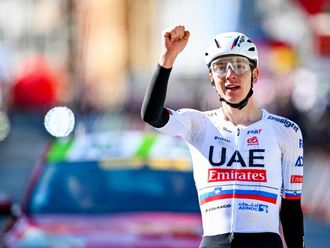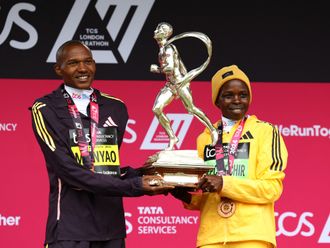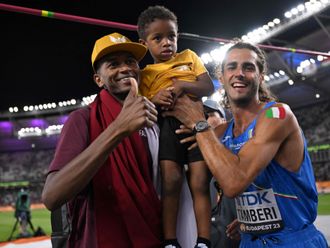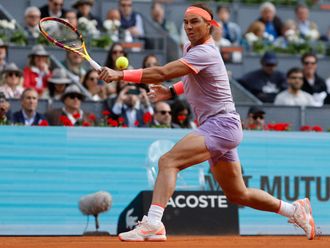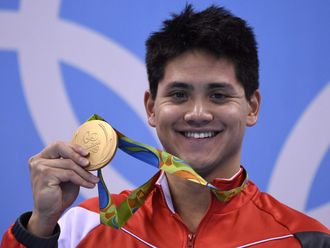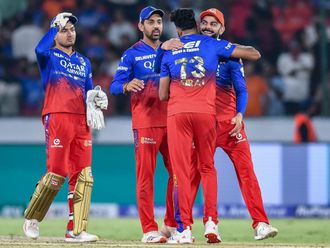New York: Major League Baseball officials recommended Wednesday that all 30 clubs should lengthen the safety netting at ballparks to better protect spectators from foul balls and broken bats that can go into field-level seats.
The idea is to better protect those sitting closest to the action from the field between the near ends of the dugouts and within 70 feet of home plate, although it falls short of extending above the sub field-level areas where players sit when not involved in the game.
“Major League Baseball prides itself on providing fans in our ballparks with unparalleled proximity and access to our players and the game taking place on the field,” said major league commissioner Rob Manfred.
“At the same time, it is important that fans have the option to sit behind protective netting or in other areas of the ballpark where foul balls and bats are less likely to enter.
“This recommendation attempts to balance the need for an adequate number of seating options with our desire to preserve the interactive pregame and in-game fan experience that often centers around the dugouts, where fans can catch foul balls, see their favorite players up close and, if they are lucky, catch a tossed ball or other souvenir.”
Spectators are allowed to keep foul balls and children bringing gloves to the ballpark in hopes of such a catch are a classic image for the American pastime.
A consultant specialising in stadium architecture and protective netting will assist clubs since many ballparks have different sizes to their areas involved with the new netting depending on configuration.
Teams will also be asked to educate spectators about the need to remain alert for balls or bats that might enter the seating area.
The Philadelphia Phillies were among the first to announce their intentions to comply while the Boston Red Sox and Los Angeles Dodgers also plan to enhance their safety netting.
“We understand that our fans differ in their opinions about sitting behind protective netting and we will do our best to accommodate those different preferences,” Phillies executive vice president and chief operating officer Mike Stiles said.
“We anticipate (it) will require us to expand our protective netting behind home plate about 10 feet in width on both sides, reaching to the near side of each dugout. We also plan to replace all of our existing netting with newer material, which is as strong but thinner and more easily viewed through.”
In a message from the team, the Red Sox said they “take matters of fan safety very seriously and intend to follow the recommendations put forth by Major League Baseball by expanding the backstop netting behind home plate for the 2016 season.
“The club is in the process of evaluating different design options to identify the best solution for Fenway Park, and is proactively reaching out to the ticket holders most affected by the planned changes.”



